Throughout this site there are links to documents of various file types.
Please contact us if you require this information in a different format.
Our first demonstration garden
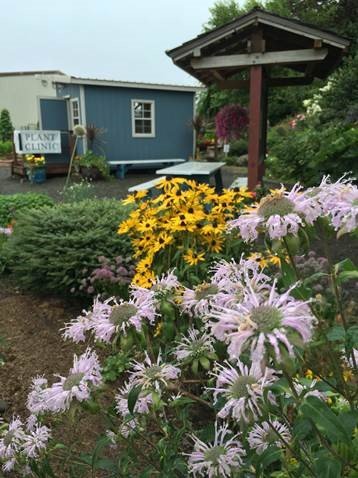
Subtitle for This Block
Often referred to as ‘the public face of the WSU Extension Master Gardener Volunteers’, the Grays Harbor County Demonstration Garden (aka: Elma Demo Garden) is located within the Grays Harbor County Fairgrounds, next to the Floral & Home Arts Building/Pavilion Annex. It is the oldest, largest and most diverse of our demonstration gardens. With easy access, 24/7, the garden is a year-round destination for locals, campers, walkers, county fair-goers and occasional visitors. Even the fairgrounds staff likes to visit!
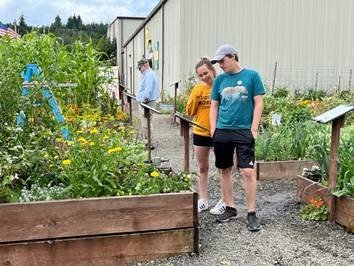
Subtitle for This Block
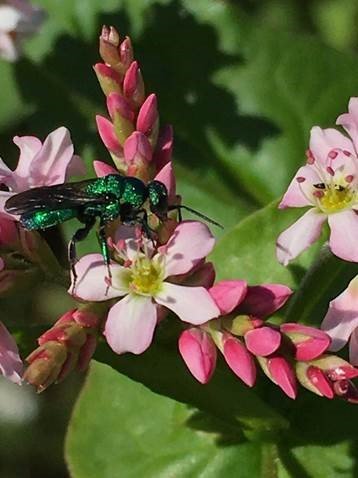
Subtitle for This Block
The entire demonstration garden functions with a focus on wildlife-friendly gardening, noted in our Backyard Wildlife designation signage from the National Wildlife Federation. As such, the garden hosts a variety of specific areas of interest including: a working greenhouse, vegetable raised beds (standard height & accessible for all), engineered seasonal wetlands, herb garden, woody & herbaceous perennials, pollinator garden, sample container gardening, composting, plant clinic building and our stunning Native Plant Garden.
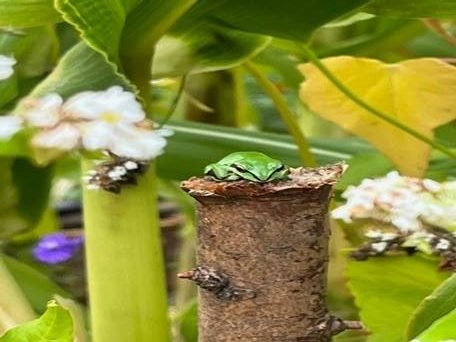
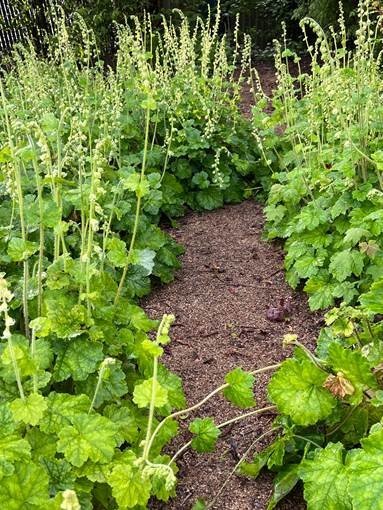
Subtitle for This Block
The Native Plant Garden is among our newest installations and demonstrates a lovely variety of native plants that offer habitat and beauty for backyard gardeners to emulate. It is in this part of the garden where we find some of our most rewarding discoveries in the form of wildlife, fungi or quiet time spent in the Circle of Tranquility.


Our goal is to share the riches of this garden with visitors and our communities. We do this in many ways; by sharing produce and vegetable plant seedlings with our local food bank clients & others, by demonstrating how to promote soil health without use of chemicals, through sharing information on plants & gardening with visitors, and by inviting the public in to walk our pathways and enjoy whatever the season offers.
